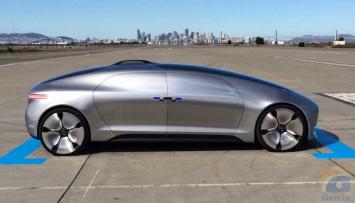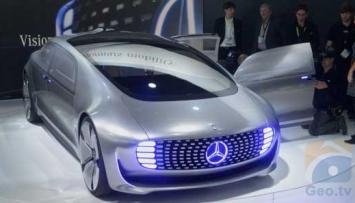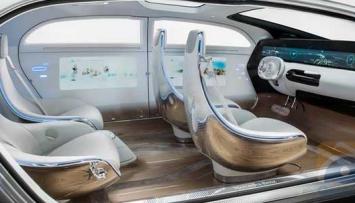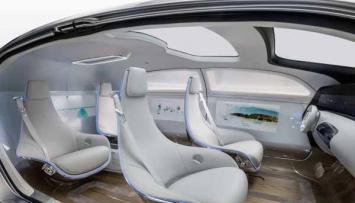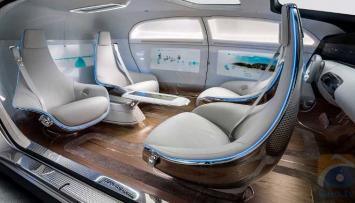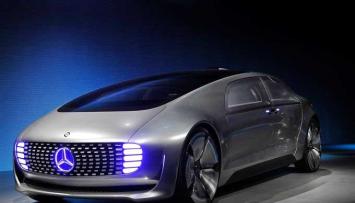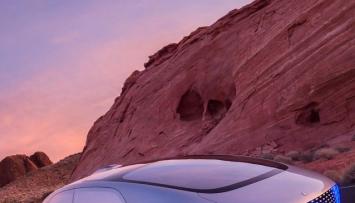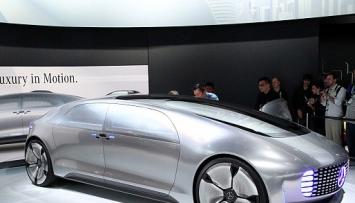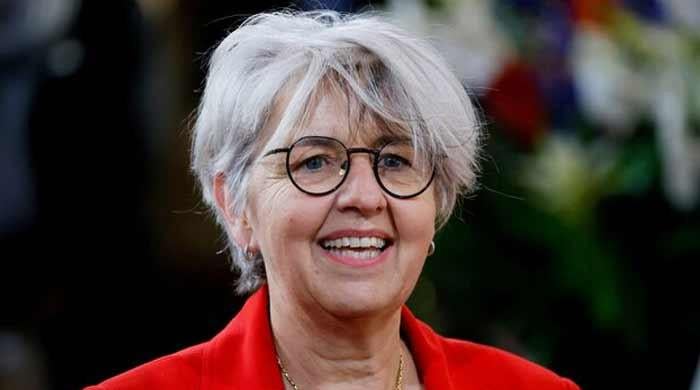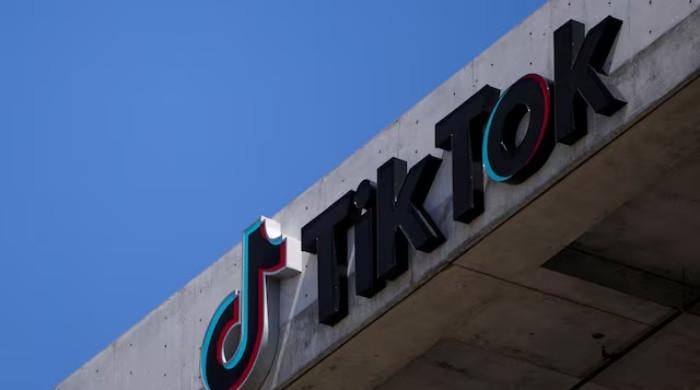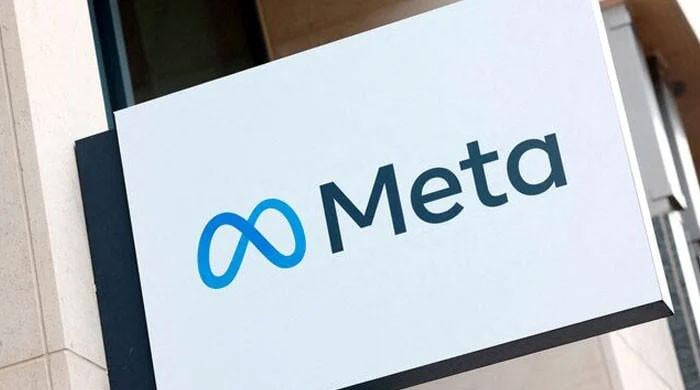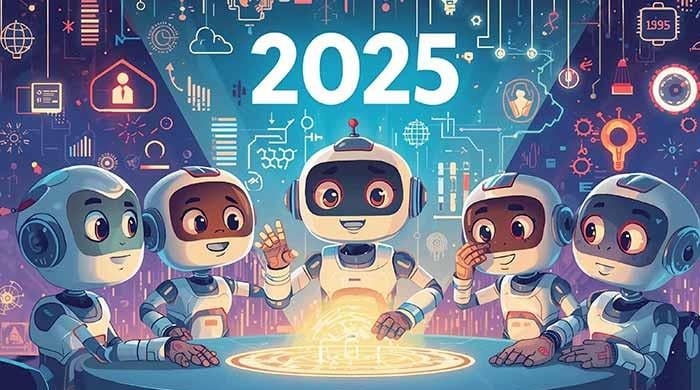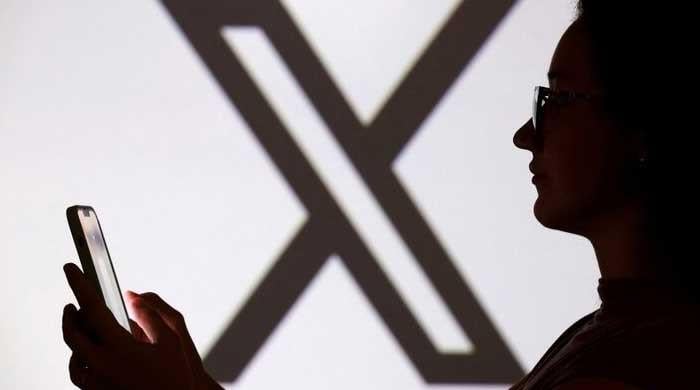Mercedes says self-driving car designed ‘to protect the people inside’ not pedestrians
The future of self-driving cars is nearing fast. Google, Mercedes-Benz, Ford, Bosche, Vovlo, Tesla are all working on some type of self-driving solution. Advocates suggest that majority of...
October 14, 2016
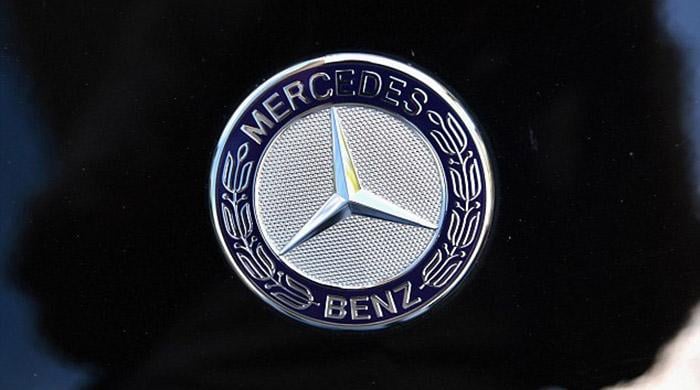
The future of self-driving cars is nearing fast. Google, Mercedes-Benz, Ford, Bosche, Vovlo, Tesla are all working on some type of self-driving solution. Advocates suggest that majority of accidents are caused by human error and eliminating the human driver would mean safer roads.
However, given the real world situations we encounter while manning the wheel, often drivers are required to make split second moral decisions. For example, if while driving on a motorway a stray dog jumps in front of the car, should the driver brake and cause a multi-car pile-up or continue driving hoping the dog survives?
What if the decision isn’t between a dog and human lives, what if there is no dog instead it is a child running after a ball? The decision is not an easy one to make.
Researchers at MIT have already begun addressing this moral dilemma through the Moral Machine project that allows regular people to help decide moral dilemmas of which life is most important to save when a crash is inevitable.
Also read: MIT's Moral Machine another step towards truly driver less cars
But the folks at Mercedes-Benz Australia, a year after the company unveiled the F015 Luxury in Motion self-driving hydrogen-electric plug-in hybrid prototype last year, say its driverless cars are designed to protect the people inside and if the situation arose, the vehicle would hit a child on the street if it meant saving the passengers inside.
Yarn, arrows & bright ideas illuminate the core features of the #F015 & bring the Luxury In Motion vehicle to life.https://t.co/5gVq8LTYpp
— Mercedes-Benz (@MercedesBenz) September 30, 2015
'If there is someone literally jumping in front of you, in that circumstance, there's nothing technology can do except reduce speed of impact,' Mercedes-Benz Australia spokesman David McCarthy told the Australian.
The company’s manager of driver assistance systems, Christoph von Hugo too did not sweeten the facts and said earlier, that driverless technology would put the safety of passengers before pedestrians.
Speaking to Car and Driver magazine, vn Hugo said, “'If you know you can save at least one person, at least save that one. Save the one in the car. If all you know for sure is that one death can be prevented, then that's your first priority.”
So while one company is clear that its self driving cars will prioritize the lives of passengers over pedestrians, it does give way to the question, will driverless cars mean fewer accidents, or just fewer passenger deaths?
Ovais Jafar is a Multimedia Journalist, he tweets as @ovaisjafar
